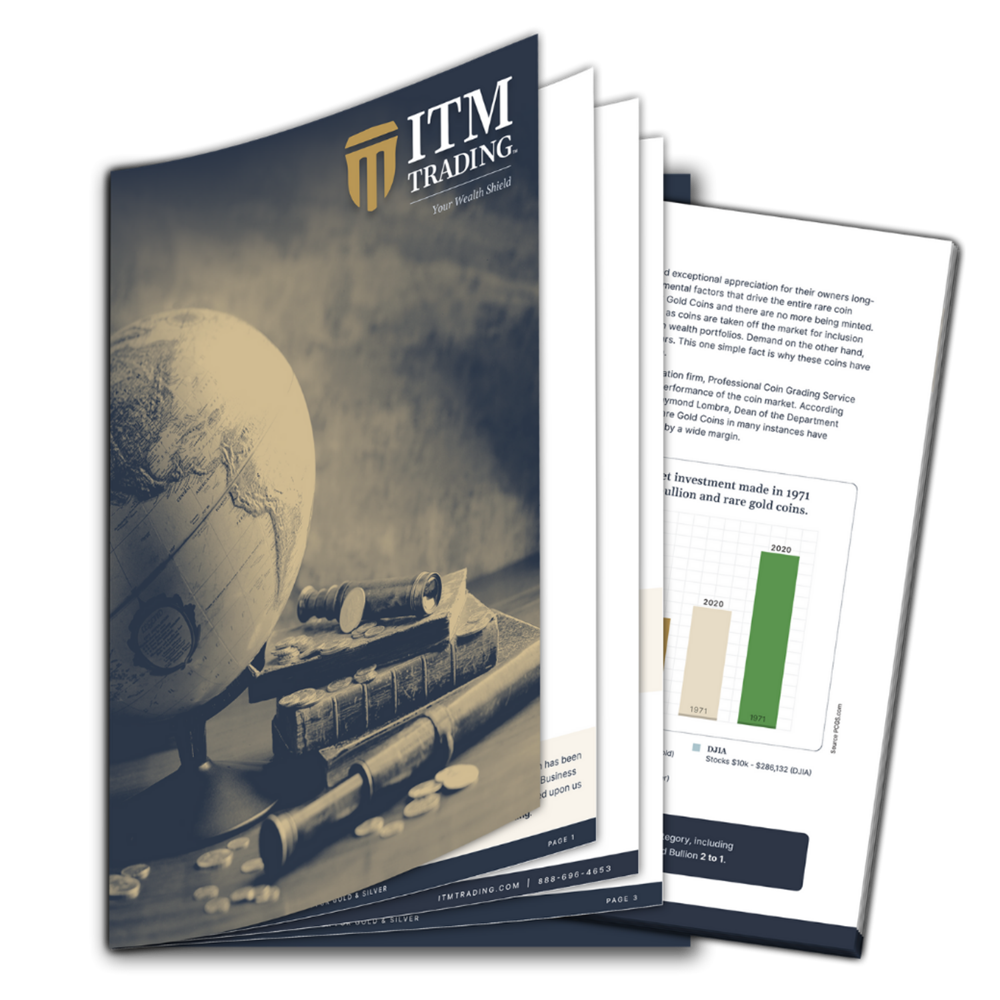DO YOU SEE IT COMING? $1 = $0.01 Hyperinflation by Lynette Zang

This is the first in a four-part series on what typically happens during a hyperinflationary event.
Part 1 – What’s Happening to YOUR Money
Fiat Money, we work for it, save it, and use it as a tool of barter. We also use it as a gauge; have I made or lost money on my investment. Our perception is that it has value, which is why we accept it. But in reality, the US Treasury defines it as a “non-interest-bearing debt.â€
Your own experience proves that debt money loses value over time through inflation. That means that the longer you hold it, the less value it has. If you save money from your current work for retirement in the future, while it retains its “nominal†value, it loses its “purchasing power†value on it’s inevitable march toward zero. This forces savers to take risks in effort to make up for this loss. Hello Wall street banks.
In the end, fiat money always dies in a blaze of hyperinflation as the cost (in terms of currency) for goods explodes. On average, 80% of the population ends up in abject poverty. So, while most suffer, a few benefit.
To quote John Maynard Keynes, the father of Keynesian economics, the foundation of our current fiat money system.
“By a continuing process of inflation, governments can confiscate, secretly and unobserved, an important part of the wealth of their citizens. By this method they not only confiscate, but they confiscate arbitrarily; and, while the process impoverishes many, it actually enriches some.â€
“The process engages all the hidden forces of economic law on the side of destruction and does it in a manner which not one man in a million is able to diagnose.â€
Can you see that inflation is a planned tool of default on fiat money for governments and central banks? I say this because, without your knowledge, you are getting repaid less on that “dollar†the longer you hold it. Was that what you agreed to?
A key difference between inflation and hyperinflation is the speed of the default, therefore the visibility of the default. A 2% target, which is what many countries central banker push toward, is a slow, almost invisible, default. But the recent case of Venezuela’s hyperinflation at 2,444,054.81% is VERY visible. When would you like to prepare?
In the Bank of Canada’s 2017 research paper on sovereign debt defaults they report that, “the frequency of such events may be on the rise again and may be more closely correlated with rising public debt burdens than at any time since the 1930’s.†Personally, I think today is the best day to convert that fiat money into good money, while we still have the choice.
Slides and Links:
http://fraser.stlouisfed.org/docs/publications/bms/1914-1941/BMS14-41_complete.pdf
http://fraser.stlouisfed.org/publication/?pid=38
https://en.wikipedia.org/wiki/Hyperinflation_in_Zimbabwe
https://en.wikipedia.org/wiki/Venezuelan_bol%C3%ADvar#/media/File:5_Venezolanos_1875.jpg
https://fred.stlouisfed.org/graph/?g=7Gxi
https://peoplestrusttoronto.wordpress.com/2016/02/11/on-hyperinflation-hype/
https://www.bankofcanada.ca/wp-content/uploads/2016/06/r101-revised-june2017.pdf
http://gonzaloraffoinfonews.blogspot.com/2017_03_01_archive.html
https://www.pgpf.org/chart-archive/0044_interest-costs-proj























